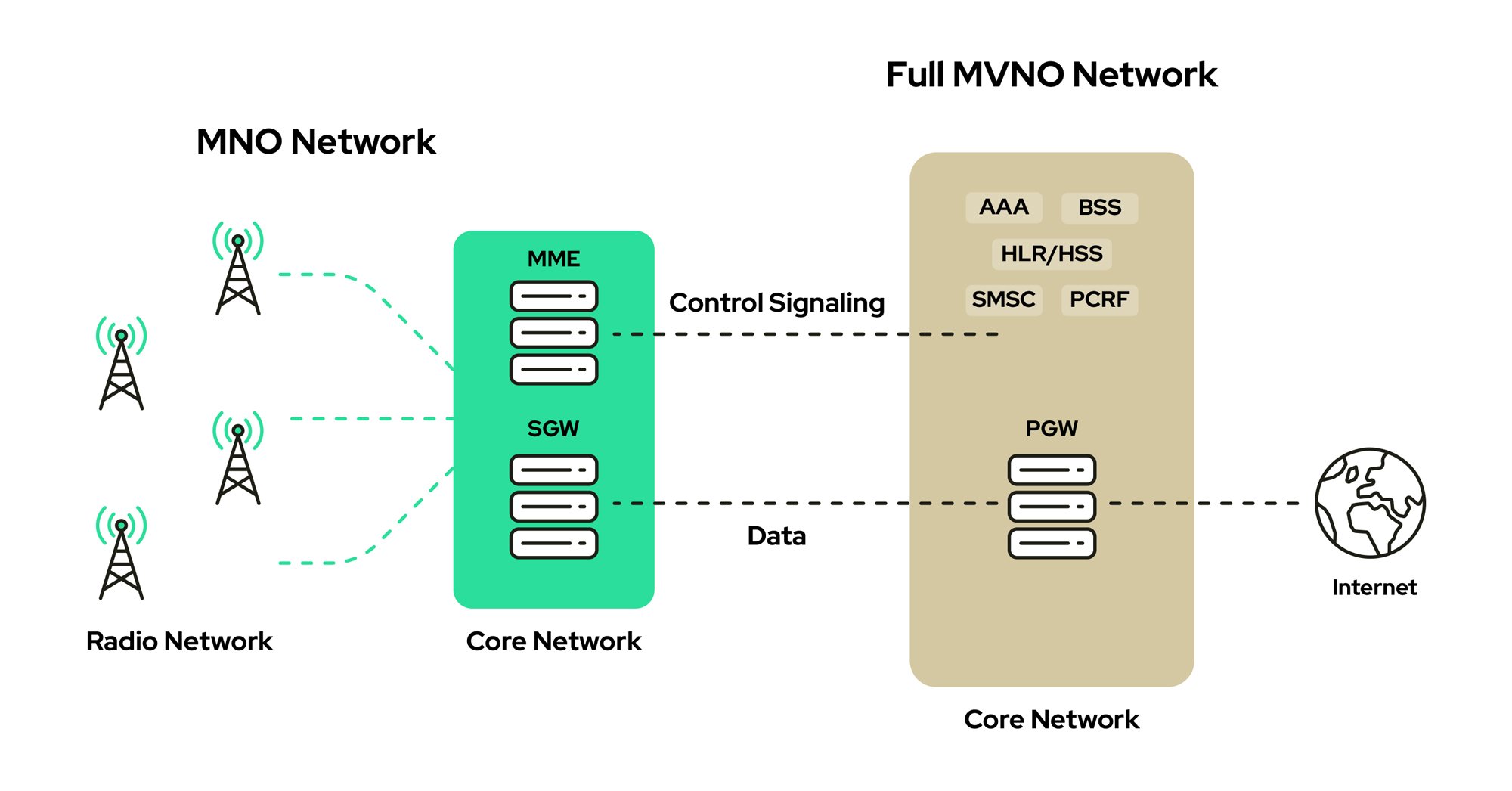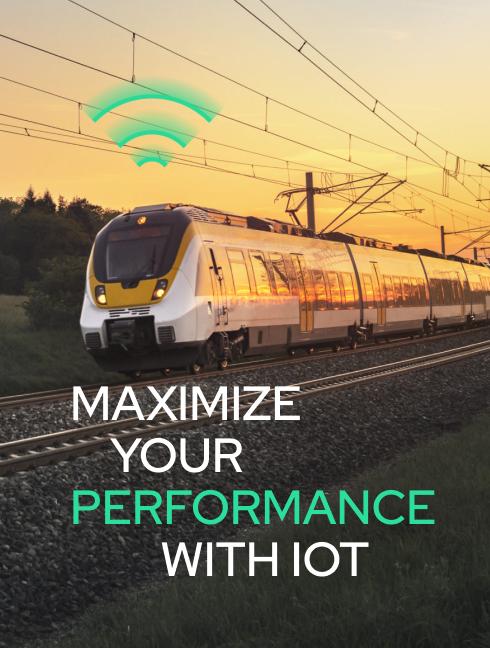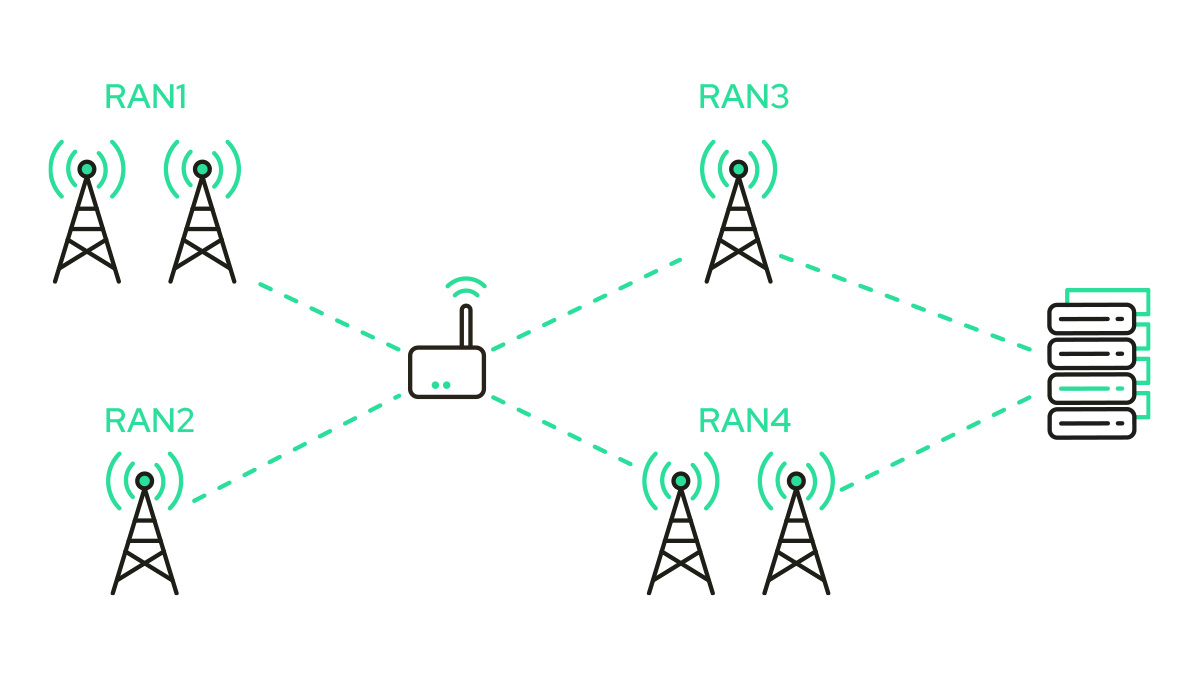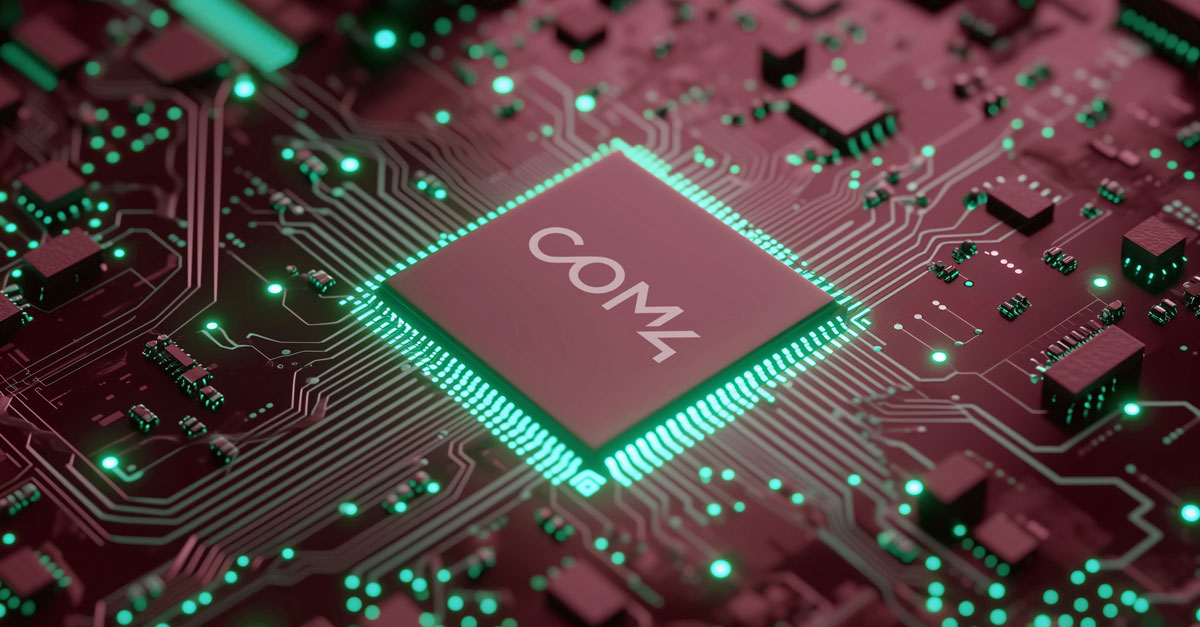At Com4, we understand the critical role our core network plays in defining your IoT connectivity experience. In this article, we'll unravel the intricacies of this powerhouse and its impact on your IoT journey.
Beyond the Surface: Unveiling the Core Network's Significance
While the radio access networks (RAN) may capture your attention, it's the core network where the magic unfolds. At its core, the network's primary function is to efficiently route and transfer data traffic. But it doesn't stop there. It carries the crucial responsibility of device identification, location tracking, authentication, authorization for services, service monitoring, and client billing. Moreover, it's the guardian of connectivity, enabling the implementation of intricate application policies, including traffic management, roaming restrictions, and service access controls.
Going Deeper: Understanding the Core Network's Impact
The core network isn't just about performing these critical functions; it's about how it is built, the components it comprises, and the innovative network solutions it employs. These factors are pivotal in defining your IoT connectivity experience, and at Com4, we pride ourselves on ensuring that your connectivity needs are met with precision.
Who Governs the Core Network?
Now, let's explore the ownership of this essential network. Two primary categories of players manage it: Mobile Network Operators (MNOs) and Mobile Virtual Network Operators (MVNOs). MNOs, often recognized as cellular network operators, are those who have crafted both the core network and the radio access network. They deliver connectivity services directly to their clientele. MVNOs, on the other hand, follow a different path. They often concentrate on specific market niches, providing tailor-made connectivity solutions.
Within the realm of MVNOs, various models emerge, each with its unique approach to infrastructure ownership. Some MVNOs, called service providers, opt not to possess any infrastructure. Then there are light MVNOs, which might own some core network elements but rely on other operators for a substantial portion of their core network. While this approach can be cost-effective, it does come with limitations in terms of technical control and business adaptability.
The Full MVNO Advantage
Among MVNOs, Full MVNOs stand as a beacon of autonomy. They boast a complete core network, setting them apart. Yet, building and maintaining a core network is no small feat. It demands significant investment, time, and expertise. However, the services they deliver are highly versatile, custom-tailored to specific use cases, making them the ideal choice for IoT deployments, where customization often takes precedence.
Full MVNOs come in two distinct varieties: local and global. The key distinction lies in the physical location of their core network elements. Local MVNOs maintain all network nodes within their home country, ensuring a localized approach. In contrast, global MVNOs operate without a home country, spreading their core network elements across the globe.
This global approach, while offering distinct advantages, also presents unique challenges. By placing Packet Data Network Gateways (PGWs) strategically around the world, global MVNOs can minimize latency for roaming subscribers. However, this strategy also requires meticulous equipment maintenance and troubleshooting across remote locations.
Essential Elements of Core Network Ownership
Owning the core network equates to having control over vital network elements. The subscriber database, whether termed Home Location Register (HLR) in 3G, Home Subscriber Server (HSS) in 4G, or Unified Data Management (UDM) in 5G, serves as the repository of critical user information, service registrations, location data, and authorization records. Whenever a subscriber requests network access, the HLR or its equivalent plays a pivotal role in determining service eligibility.
Another essential element is the Packet Gateway (PGW) in 4G or Gateway GPRS Support Node (GGSN) in 2G/3G. This serves as a data traffic router from subscribers to their destination. Owning the PGW offers control over traffic flow, implementation of restrictions, firewalls, Quality of Service (QoS) management, and more.
Furthermore, controlling the Authentication, Authorization, and Accounting (AAA) module is paramount. This module ensures that only authorized subscribers can access network services. While a RADIUS server can provide some AAA functionality, full control is essential for an optimal experience.

Network Architecture: The Backbone of Quality
Beyond owning network elements, the architecture of the provider's network plays a pivotal role in IoT deployments. Critical factors like latency, reliability, scalability, and compliance with regulations hinge on the network's architectural design.
Latency
The core network's architectural design significantly influences latency, a critical factor in IoT applications. When an IoT device transmits data over a cellular connection, it traverses the core network to reach its destination. In cases of roaming, data often travels to the provider's data center before heading to the final destination. This can introduce latency, especially in global deployments. The geographical architecture of the core network becomes a critical criterion.
Reliability
As the core network plays a central role in traffic routing, it must be reliable and redundant. Core network operators employ specific architectures, components, and protocols to ensure high availability and minimize failures. The ability to address network issues swiftly depends on whether the provider has direct access to the network or must liaise with a partner for resolution. Full MVNOs with complete control over their core network can swiftly analyze performance and implement necessary changes.
Moreover, the number and location of PGWs impact not only latency but also network robustness. Redundant configurations and failover mechanisms help ensure uninterrupted service. When a gateway experiences issues, traffic can seamlessly reroute to an operational PGW, preserving connectivity.
In addition, Subscriber Databases (HLR/HSS) often feature redundancy setups to maintain uninterrupted service. Geographical redundancy, locating nodes in different regions, reduces the risk of simultaneous failures due to factors like power outages or natural disasters.
Scalability
IoT applications frequently demand scalable core networks. The separation of hardware and software elements in modern networks simplifies scalability. Most core network equipment resides in data centers, typically utilizing standard servers with specific software.
Whether it's expanding the capacity of PGWs, adding gateways, or enhancing HLR capabilities, scaling is simplified. Renting additional servers in the same data center and installing the required software can accommodate growth.
Network architecture further aids scalability. Full MVNOs often employ distributed core networks that link IoT devices to various connectivity entities, centralized nodes, switches, and hubs. This layered approach enables swift expansion by adding new device layers, ensuring scalability for diverse IoT deployments. Download our brochure to learn how to unlock seamless global connectivity.
Compliance
As data sovereignty and localization laws become increasingly prevalent, core networks must adapt to remain compliant. Many countries mandate that certain core network elements be available within their borders. Compliance necessitates cooperation with local infrastructure owners or the addition of essential elements to the provider's core network. Full MVNOs excel in this aspect, as their global presence and multiple gateways simplify compliance with regulatory requirements.
Customization for IoT Success
From a business perspective, core network ownership empowers Full MVNOs to provide independent, customized solutions. This flexibility is invaluable for IoT clients with unique industry or use case-specific requirements. While larger enterprises may demand infrastructure-specific solutions, most IoT clients focus on services rather than network infrastructure. Whether it's IP address assignments or VPN setups, Full MVNOs can cater to these needs, offering tailored, flexible solutions.
The Future-Ready Core Network
In a landscape where IoT devices can have lifecycles of up to 15 years, it's crucial to ensure that your IoT deployments remain future-proof. Technology and regulations are constantly evolving, making the ownership of a robust core network an invaluable asset.
In summary, the core network is the unsung hero of IoT connectivity, shaping your IoT experience in ways often underestimated. At Com4, we recognize that it's not just about providing connectivity; it's about crafting the future of IoT services. Whether your IoT deployment requires a geographically specific architecture or not, there are compelling reasons to choose a connectivity provider with a robust core network. It's the key to a seamless, customizable, and future-proof IoT connectivity experience. Choose Com4, your partner in IoT success.







